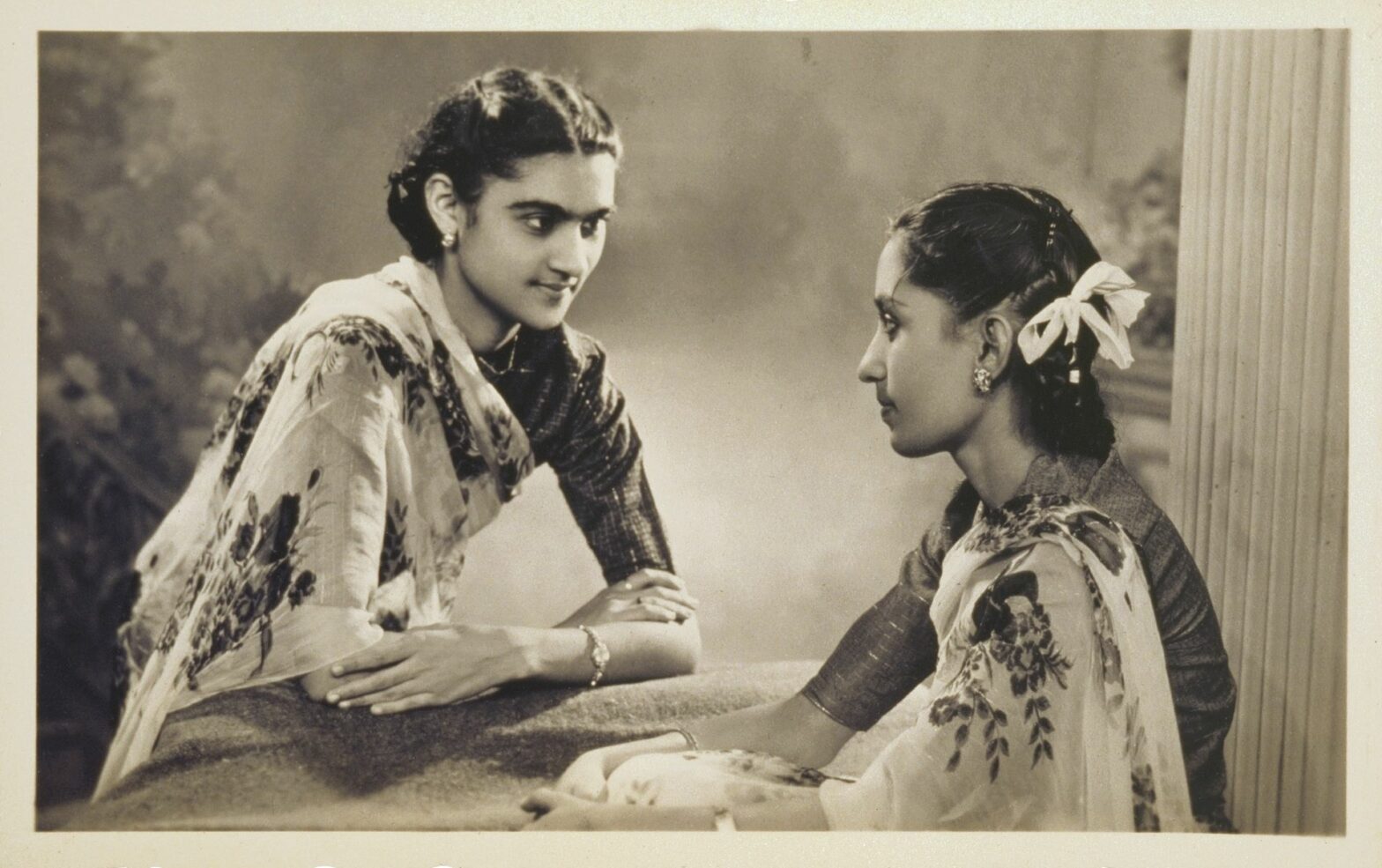[ad_1]

Isolde Brielmaier’s I Am Sparkling: N.V. Parekh and His Portrait Studio Clients (Damiani, 2022) is a critical contribution to scholarship on mid-century studio photography in Africa. Studies on the genre have often leaned geographically toward West Africa, and it is thanks in part to these efforts that figures such as Malick Sidibé and Seydou Keïta, among many others, have risen in prominence over the last few decades. Comparatively, there have been far fewer studies of photography in East Africa — to which Brielmaier’s text contributes a previously unstudied narrative. I Am Sparkling uses the prolific studio practice of Asian-African photographer N.V. Parekh to examine studio portraiture in the decades prior to and immediately post Kenya’s independence from colonial rule in 1963. By looking closely at portraiture during this revolutionary era in Mombasa’s history, Brielmaier profiles varying approaches to studio portraiture in the region and sitters’ agency in framing evolving and diverse identities before the camera’s lens.

The advent of photography in Africa is often attributed to Europeans, who used photography as a tool not only to capture images of idyllic landscapes and exotic creatures, but as a mechanism to clinically document and violently categorize human beings. As Brielmaier articulates, however, in East Africa in particular the photographic medium also critically evolved through exchanges between migrants from South Asia and the Swahili residents of Mombasa. In the mid-1800s, many South Asian men migrated to East Africa, where they established some of the region’s first photography studios. While these early images often mimicked European photographic norms, as studio audiences changed — particularly amidst the rise of new urban identities in Mombasa — so did studio portraits.
Parekh was one of the most well-known and popular photographers in East Africa. I Am Sparkling is remarkable for its extensive interviews with Parekh and his family, but also for Brielmaier’s deep research on the sitters who would come to Parekh to have their portraits taken. The author identified and spoke with 57 of the photographed individuals discussed in her book; meanwhile, countless others offered descriptions of friends or family members who had solicited Parekh for a portrait. The author’s commitment to understanding and telling individual people’s stories — specifically, what moments in their lives prompted their desire to have their photograph taken — led her to become part of the community in Mombasa, locating Parekh’s subjects often by showing his images to community members.

It was these conversations that enable Brielmaier to write, for instance, that Mrs. Munyao (many of the figures in Brielmaier’s book are referred to by their last names) came to Parekh to mark the completion of her nursing degree, or that Mzee Ali wanted to commemorate the purchase of a new belt. The book’s title comes from an interview Brielmaier conducted with Mrs. Uweso, who had recently learned she was pregnant. The woman’s face is bathed in soft light as she gazes just outside the photograph’s frame. “Look at the light, the glow,” Uweso told Brielmaier during an interview. “I’m sparkling.”
Brielmaier is fiercely committed to telling her sitters’ stories, and thinking of photography as a collaboration between photographer and subject — a presentation of how a sitter wants to be seen. The studio, in other words, became a place for sitters to search for and define themselves, and assert agency in a changing world — particularly in the independence era. Images taken during this period, as Brielmaier notes, were decidedly less insistent on emphasizing time-honored traditions than on individual identity. As the author states, “The idea that photographs do not merely represent identity; that instead they also work to produce [identity] is central.” Parekh’s clients would arrive with images from magazines to guide the photographer’s choice of studio lighting, for instance, or adopt a particular pose or persona inspired by a Hollywood movie — decisions that align reflect new forms of leisure and new consumption patterns. A number of clients also asked for Parekh to lighten their skin tones during the development process (as a reader, further commentary from Brielmaier would have been welcomed on this subject). These images pose potent questions about the problematic conflation of whiteness and modernity, and the racist colonial ideals that persisted amidst the fanfare of the independence era.

Many of these images also were able to derive and sustain their power because they were (or were not) distributed. Brielmaier observes that while some images were displayed publicly in the home — say, in a living room setting — others were arranged in carefully-composed photo albums, and were only shown to trusted individuals. This final example is exemplified by the number of Muslim women who recruited Parekh to take their portraits. While photography was widely understood at the time as forbidden by the Qur’an, Brielmaier explains that many women would only look at their portraits privately, or would keep them to be shown only to close female friends. Photographs, in these instances, became a means of facilitating and deepening female intimacy, friendship, and agency within a broader world that has historically exploited women — in many instances, via the photographic medium itself. Ultimately, Brielmaier’s book upends an often anthropological treatment of photography, casting new light not only on the photographic medium in East Africa, but on the varied lives of its many subjects in mid-century Mombasa.

I Am Sparkling: N.V. Parekh and His Portrait Studio Clients by Isolde Brielmaier (2022) is published by Damiani and is available online and at independent booksellers.
[ad_2]
